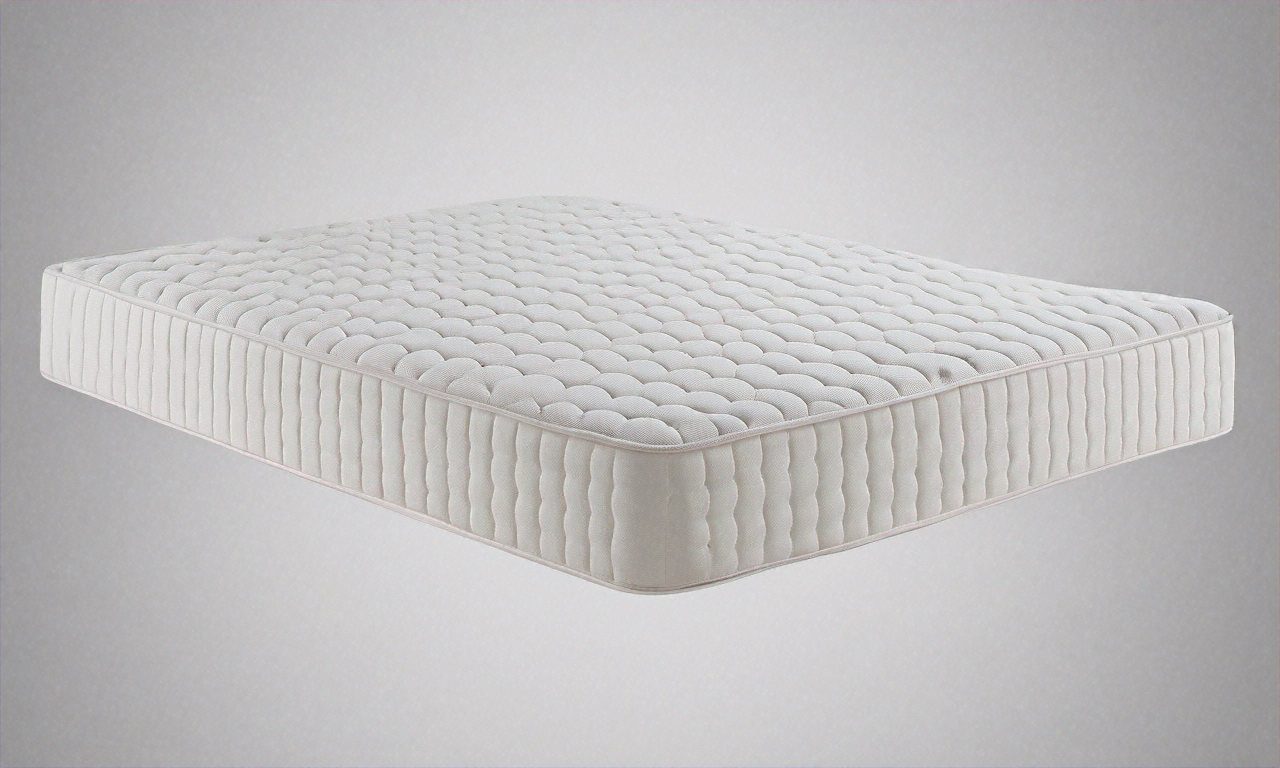Explore the right mattress to improve sleep quality
Quality sleep is essential for overall health and well-being, and choosing the right mattress plays a crucial role in achieving restful nights. With countless options available on the market, finding a mattress that meets your specific needs can feel overwhelming. Understanding the different types of mattresses, their unique features, and how they align with your sleep preferences can transform your sleep experience and help you wake up refreshed every morning.

Selecting the perfect mattress is one of the most important decisions you can make for your sleep health. A good mattress provides proper support, relieves pressure points, and promotes spinal alignment throughout the night. Poor sleep quality caused by an unsuitable mattress can lead to back pain, stiffness, and daytime fatigue. By exploring the various mattress types and understanding what makes each one unique, you can make an informed choice that enhances your sleep quality for years to come.
What Are the Main Types of Mattresses Available?
The mattress industry offers several distinct types, each designed with different materials and construction methods. Innerspring mattresses feature a core of steel coils that provide bounce and support, and they remain popular due to their affordability and widespread availability. Memory foam mattresses conform to your body shape, offering excellent pressure relief and motion isolation, making them ideal for couples. Latex mattresses, made from natural or synthetic rubber, deliver responsive support with a slightly bouncier feel than memory foam. Hybrid mattresses combine innerspring coils with foam or latex layers, aiming to provide the best of both worlds. Additionally, airbeds use adjustable air chambers for customizable firmness levels, while specialty mattresses like waterbeds offer unique sleep experiences.
What Features Distinguish Different Types of Mattresses?
Each mattress type comes with distinctive characteristics that cater to different sleep needs. Innerspring mattresses offer strong edge support and excellent breathability, though they may transfer motion between sleep partners. Memory foam mattresses excel at contouring to the body and isolating movement, but some sleepers find them too warm without cooling technologies. Latex mattresses are naturally hypoallergenic, durable, and temperature-neutral, though they tend to be more expensive. Hybrid mattresses provide balanced support with enhanced breathability compared to all-foam options, combining the pressure relief of foam with the responsiveness of coils. Airbeds allow each side of the bed to be adjusted independently, making them suitable for couples with different firmness preferences. Understanding these features helps narrow down which mattress type aligns best with your comfort needs and sleeping style.
How Can You Choose a Mattress That Suits Your Needs?
Selecting the right mattress requires careful consideration of several personal factors. First, assess your preferred sleeping position: side sleepers typically need softer mattresses to cushion shoulders and hips, back sleepers benefit from medium-firm support that maintains spinal alignment, and stomach sleepers often require firmer surfaces to prevent lower back sagging. Your body weight also matters, as heavier individuals generally need firmer mattresses for adequate support, while lighter sleepers may find softer options more comfortable. Consider any specific health concerns, such as chronic back pain or allergies, which might make certain materials more suitable. Temperature regulation is another important factor, especially if you tend to sleep hot. Finally, think about your budget and how long you expect the mattress to last, as higher-quality materials often provide better durability and long-term value.
What Advanced Technologies Are Available in Modern Mattresses?
Modern mattress manufacturing has introduced numerous technological innovations designed to enhance sleep quality. Cooling technologies include gel-infused foams, phase-change materials, and breathable cover fabrics that help regulate body temperature throughout the night. Pressure-relieving foams with advanced cell structures provide targeted support to different body zones, reducing pain and improving circulation. Some mattresses incorporate copper or graphite infusions for antimicrobial properties and additional cooling benefits. Smart mattresses now feature sleep tracking capabilities, adjustable firmness settings controlled by smartphone apps, and even temperature control systems that can be customized for each side of the bed. Motion isolation technologies have improved significantly, with specialized foam layers that prevent disturbances when a partner moves. Edge support systems using reinforced perimeters maximize the usable sleep surface and make getting in and out of bed easier. These technological advancements offer solutions to common sleep challenges and provide personalized comfort options.
| Mattress Type | Average Price Range | Key Features |
|---|---|---|
| Innerspring | $300 - $1,500 | Bouncy support, good airflow, strong edges |
| Memory Foam | $400 - $2,000 | Body contouring, motion isolation, pressure relief |
| Latex | $800 - $3,000 | Responsive support, durability, natural materials |
| Hybrid | $600 - $2,500 | Balanced comfort, breathability, versatile support |
| Airbed | $1,000 - $4,000 | Adjustable firmness, customizable per side |
Prices, rates, or cost estimates mentioned in this article are based on the latest available information but may change over time. Independent research is advised before making financial decisions.
How Long Should a Quality Mattress Last?
The lifespan of a mattress varies depending on its type, quality, and usage patterns. Generally, innerspring mattresses last between five to seven years before showing signs of wear such as sagging or reduced support. Memory foam and latex mattresses typically offer greater longevity, with quality models lasting eight to ten years or more. Hybrid mattresses usually fall somewhere in between, with an expected lifespan of six to eight years. Proper care can extend a mattress’s useful life significantly. Using a mattress protector shields against spills, stains, and allergens, while rotating the mattress every three to six months promotes even wear. Adequate support from a quality foundation or bed frame prevents premature sagging. Pay attention to signs that indicate replacement time, such as waking up with aches and pains, visible sagging or indentations, increased allergy symptoms, or simply not feeling rested after a full night of sleep. Investing in a durable, high-quality mattress and maintaining it properly ensures you get the maximum benefit from your purchase.
Choosing the right mattress is a personal journey that depends on your unique sleep preferences, physical needs, and budget considerations. By understanding the different types of mattresses available, recognizing their distinctive features, and considering how advanced technologies can address specific sleep challenges, you can make a confident decision. A well-chosen mattress is an investment in your health, productivity, and overall quality of life, providing the foundation for restorative sleep night after night.




